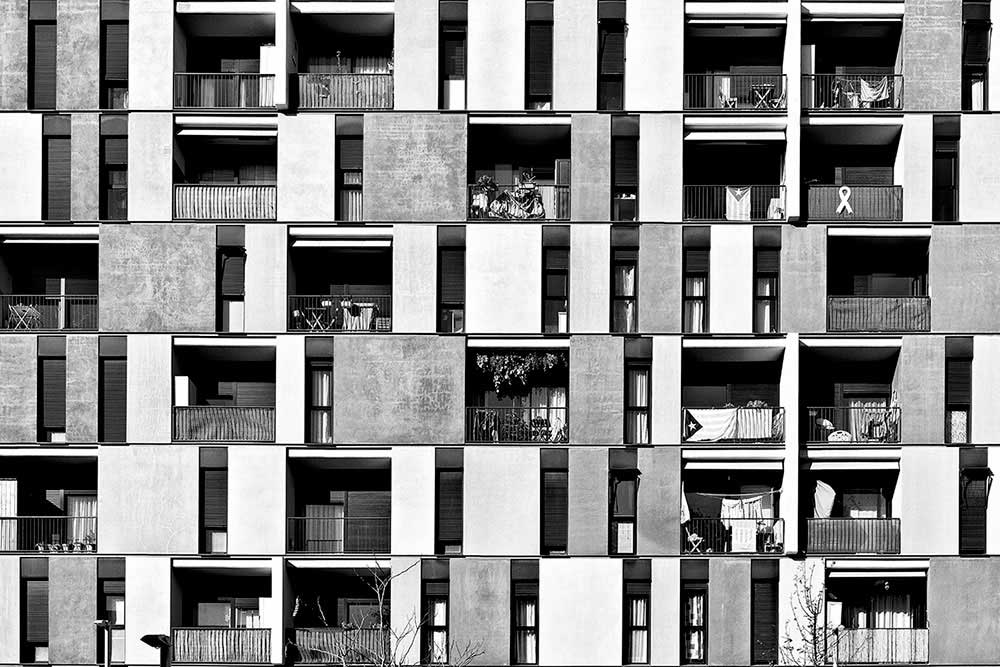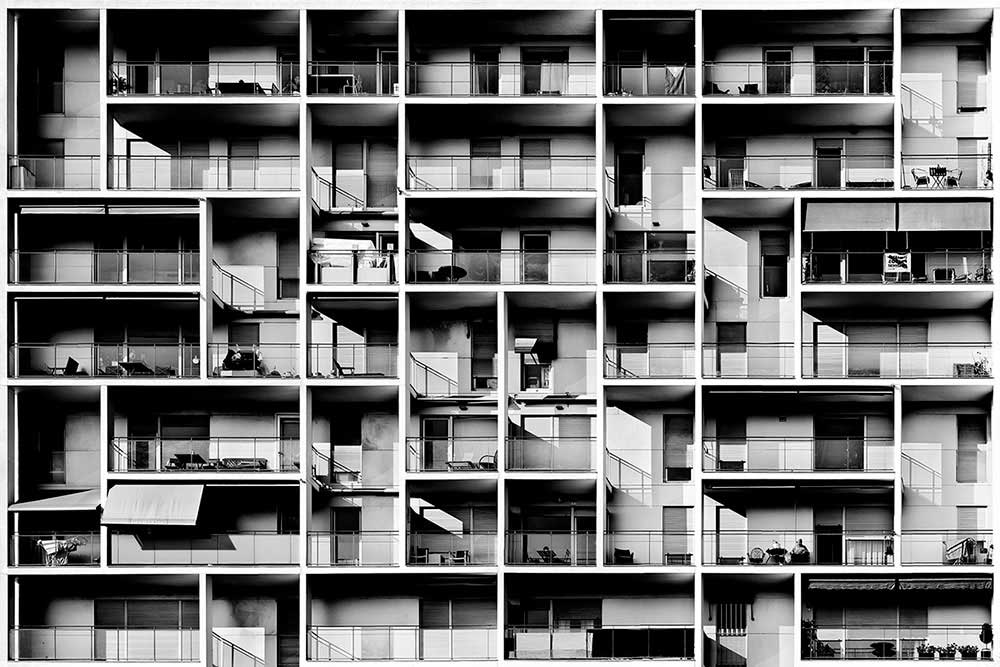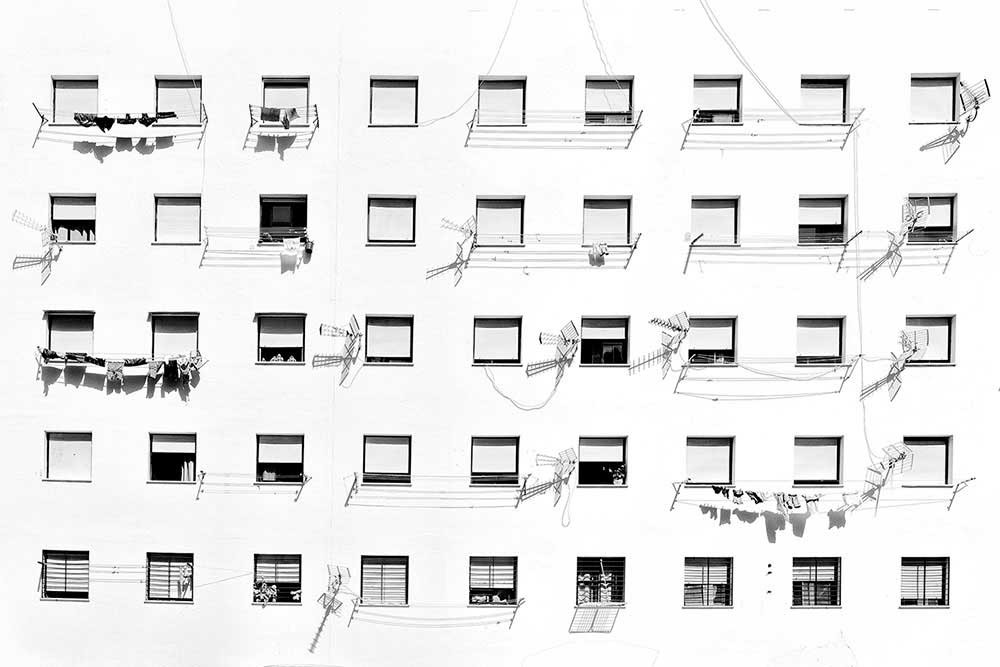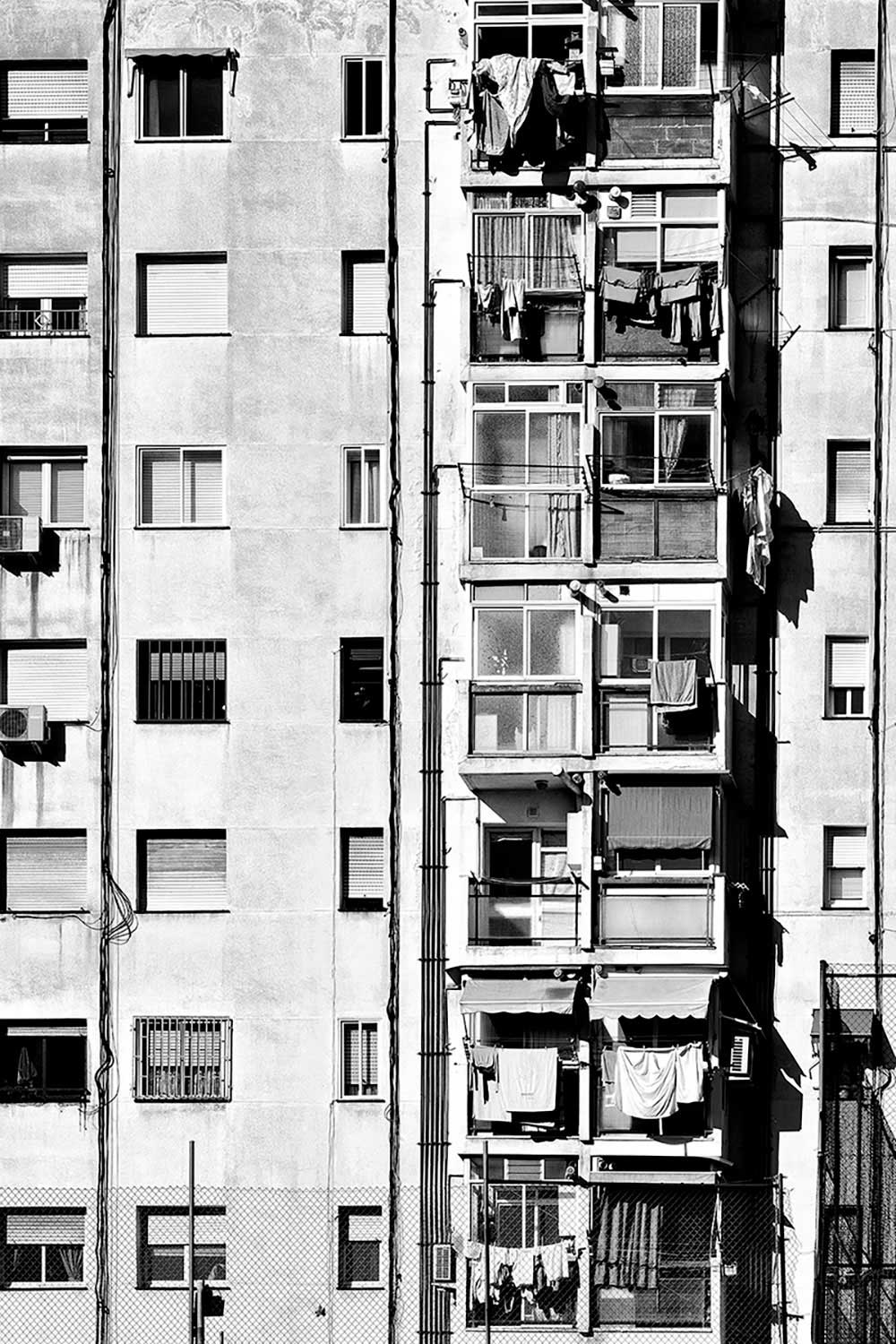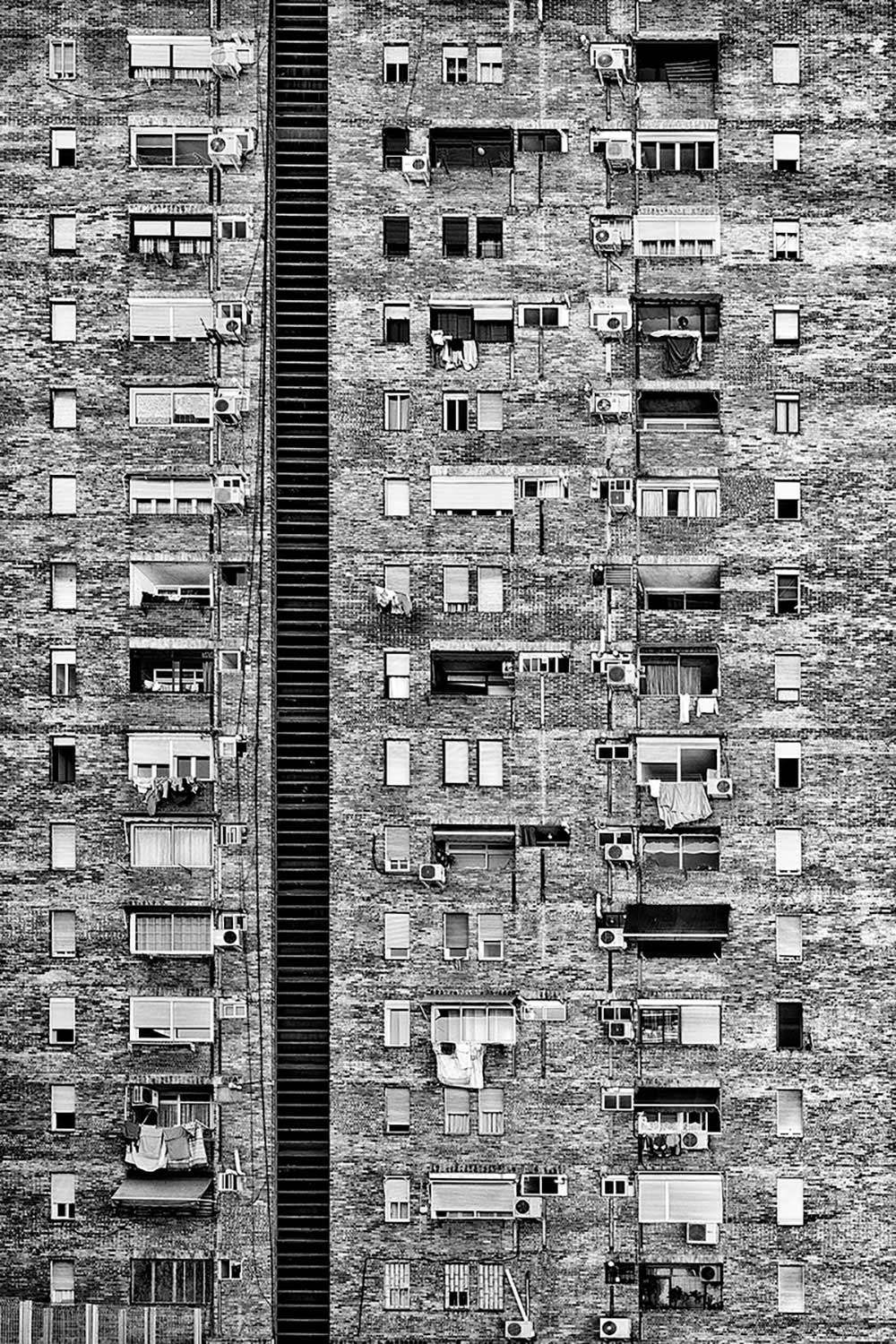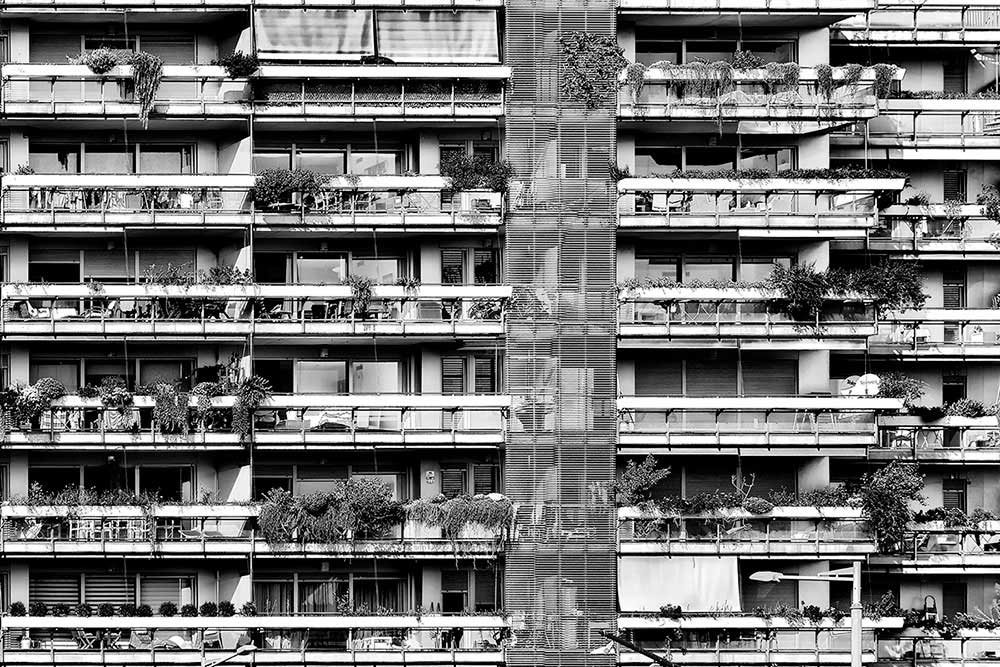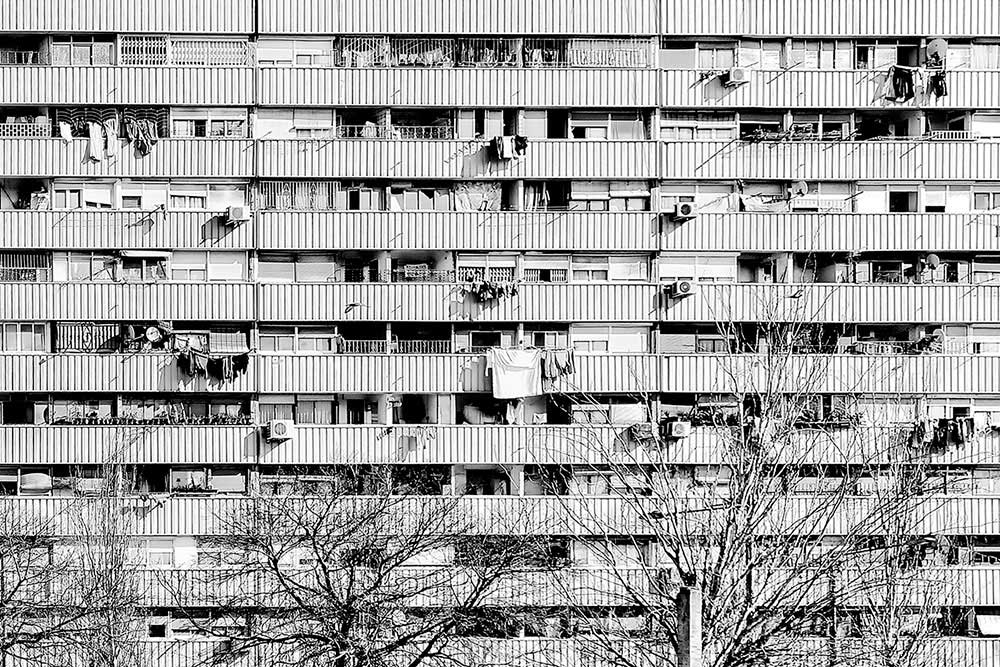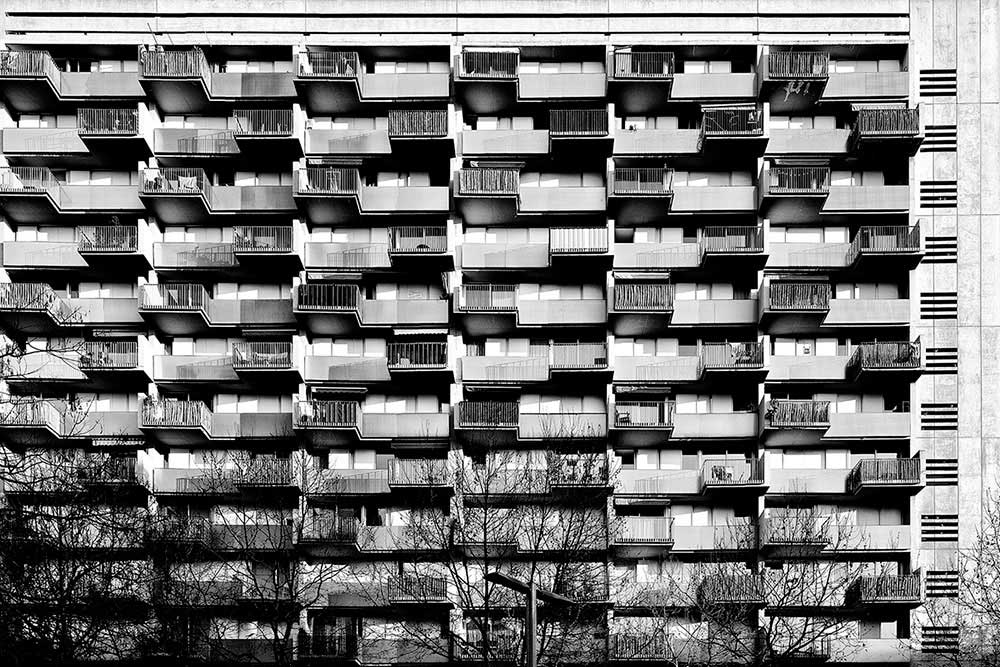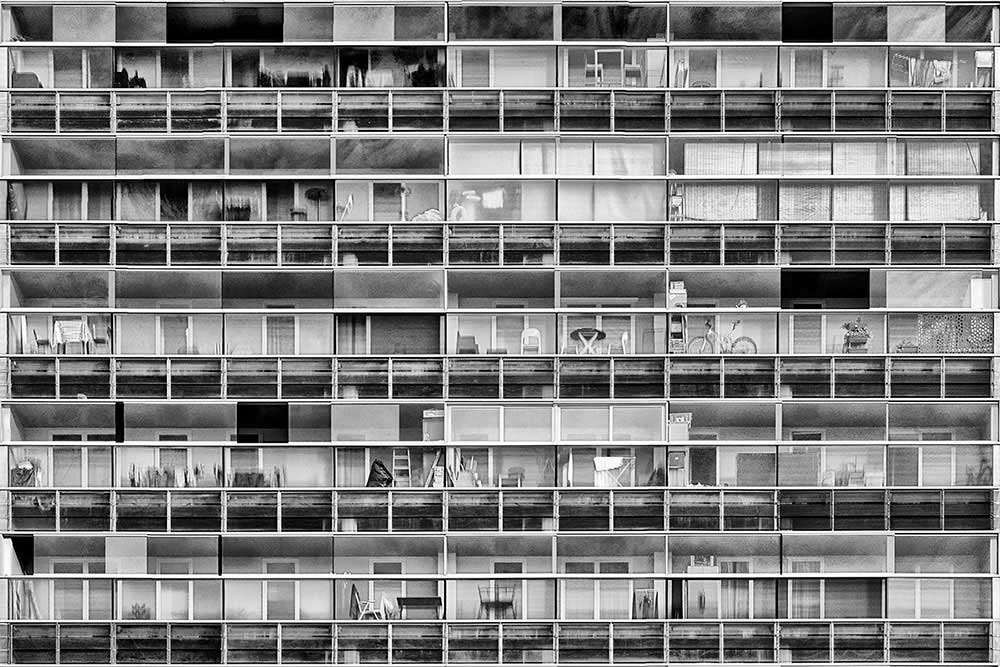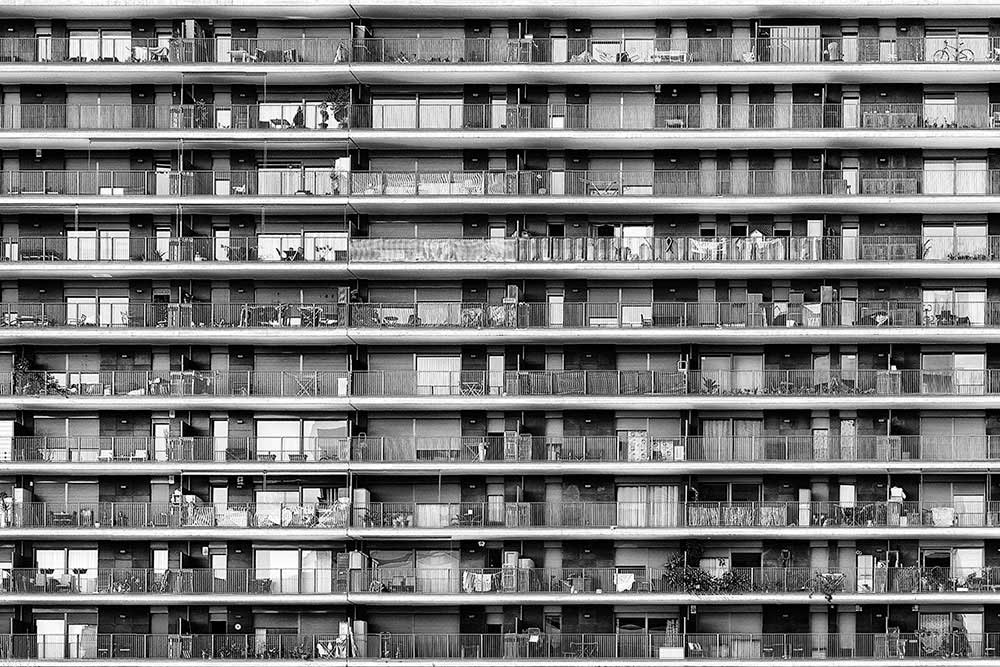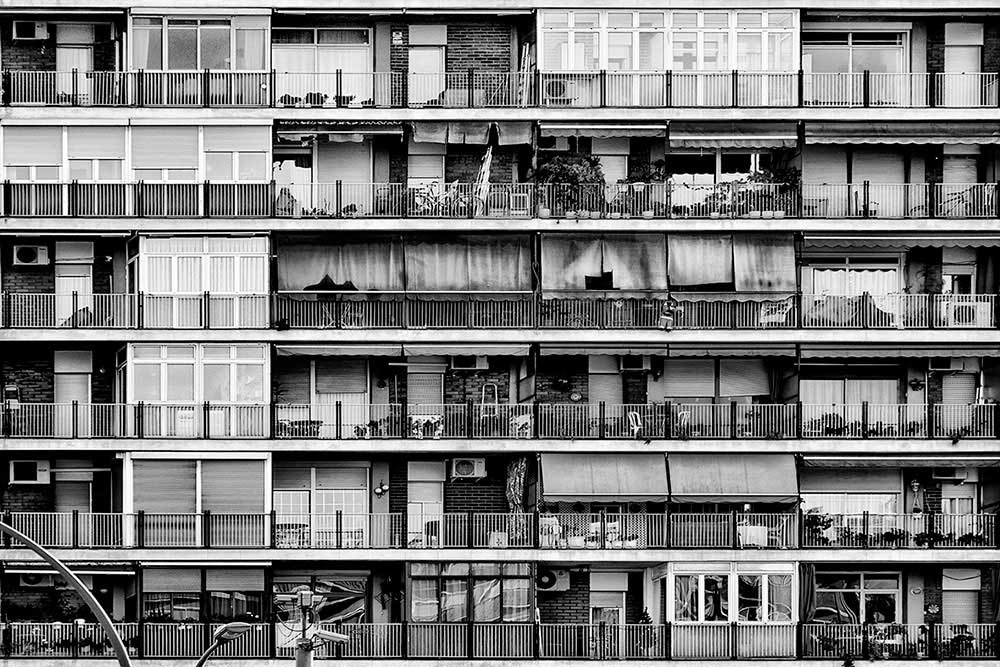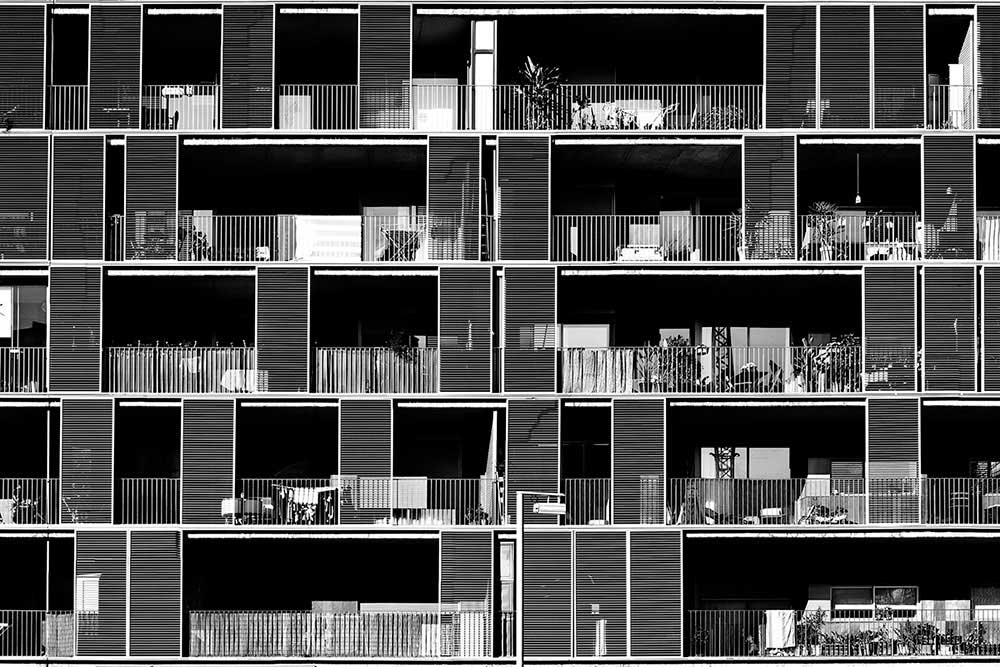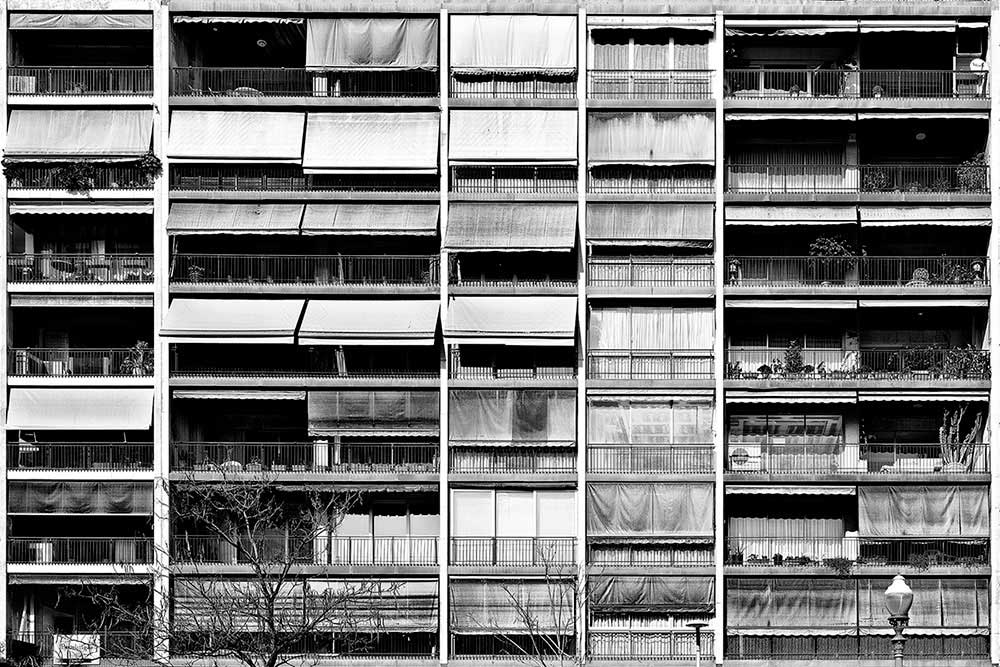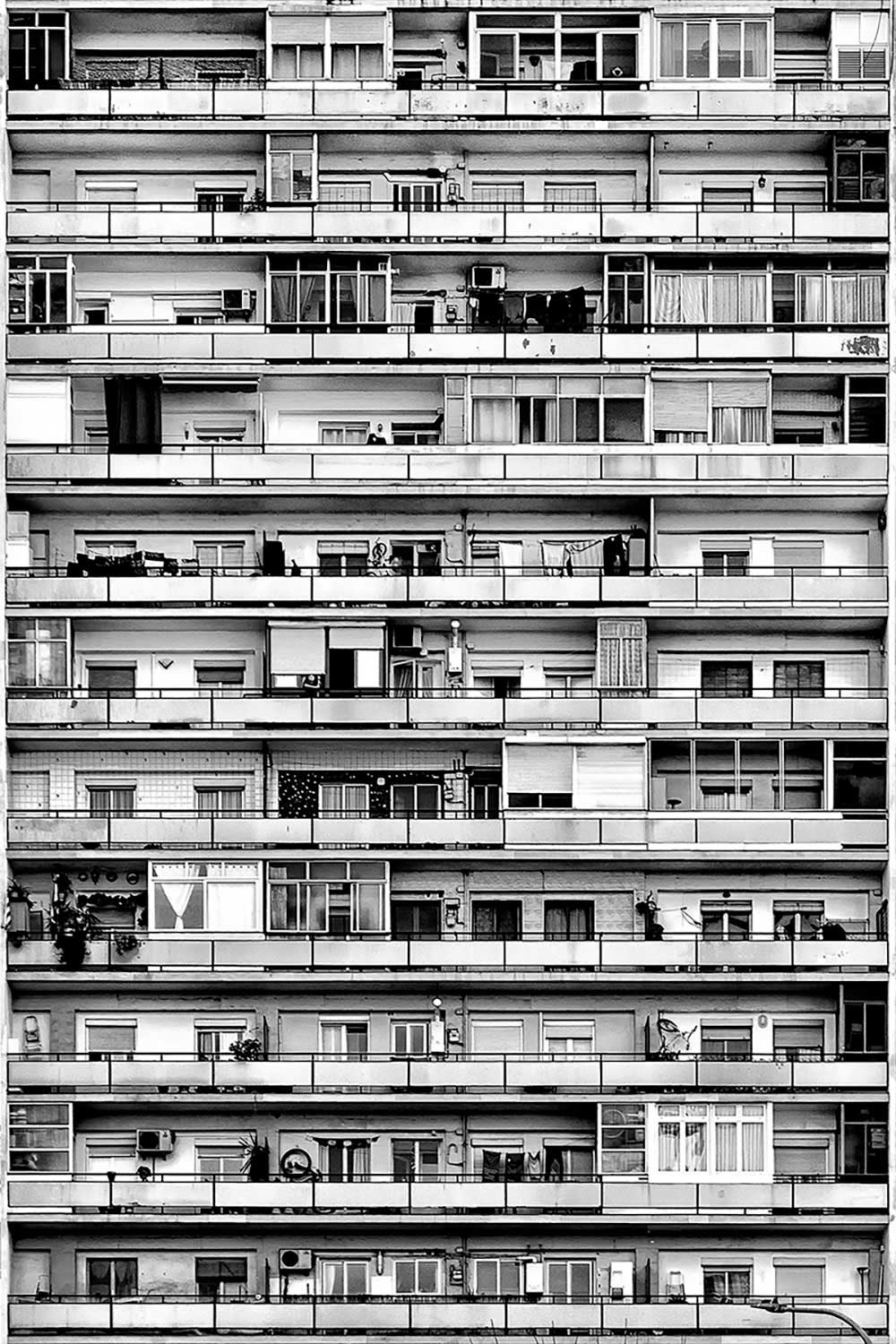Aldo Rossi told us that in the city, in addition to emergencies, there are the buildings that give it body.
In effect, this is a kind of architecture that does not attract the general public, is not usually part of the tourist guides, does not have a major role in the architecture magazines that both followers of this art browse, but that would be from the city without this type of buildings destined to give shelter to the majority of its residents, and also that it would be of emergencies if there were not an urban fabric that would give it not only excellence but in the proper sense of the word, would allow them to emerge …? and is that collective housing is the destination of these buildings, that of the regulated city, is not that emergencies are not either, but given their nature have some license that allows them to have a treatment that makes them better to see, right? ..?, and is that in these buildings, mostly parallelepiped where the plant is the subject of study and attention of the commercial, the facade, today, has a more treatment intended to meet the tra design milestone, although everything is said, there are also some exceptions, but you are precisely in these facades, where we can find the manifestation of its residents that provide a kind of fresh air that gives a domestic expression to the public space, and that as we Adolf Loos recalled in the replicas of his Viennese contemporaries, the skin of the building should allow its inhabitants to breathe and oxygenate and so, in this architecture without pretensions and hybridizing with a certain order that gives consistency and support, should emerge that although be labeled as banal, allow us to show ourselves without crying, elements with a certain liberty that break with the imperturbability of the regulations, a musical rhythm that accompanies and gives rhythm to urban traffic. Following in the wake of what Robert Venturi told us in “Learning from Las Vegas”, this portfolio brings to light something that is forgotten and that therefore was considered alien to the world of architecture: the discovery of the trivial and the beauty of the ordinary.
